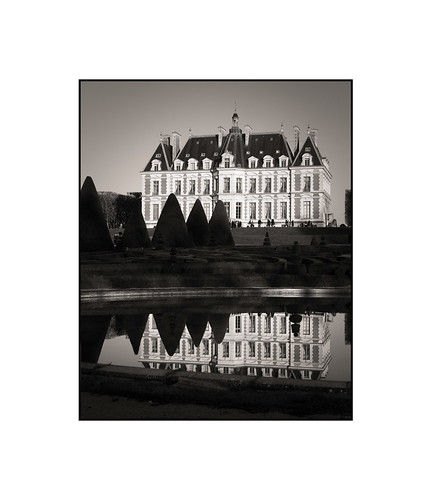I recently read Keith Cooper's article on making a giant print from one of his 11mpixel Canon 1Ds files. When the job was done, he said "I couldn’t resist asking a few bystanders what they thought, and the look on people’s faces when I told them it was from an 11MP camera made it all the more worthwhile."
What those early 11 and 12mpixel sensors had, in general, was low for their time noise. Yes, you have to be careful about upsizing images for display/printing where 24mpixel to 100mpixel would be a lot easier to process. There seems to be something still very relevant about knowing what the camera is capable of, being careful during image processing and to learning how various image processing tools effect the final output.
Currently we the consumers are blessed with quiet sensors from Sony. Nikon and Fuji use them. Canon uses a Sony 1inch sensor in some of their Point and Shoot devices, too. Noise is less of an issue than it once was, even just a decade ago.
In my various stumblings around looking at stuffs and things seeking as much color and resolution perfection as possible I've come to understand that starting from Base ISO 1 there is subtle noise. There's a fancy name for it: Photo Response Non-Uniformity (PRNU). This includes (if I grok it all correctly) the subtle variations in pre-Analog to Digital Converter (ADC) response to light. This kind of pre-ADC noise can cancel through image stacking.
Jim Kasson wrote about the Sony A6300. He says it takes about 64 images stacked and averaged to fully eliminate this form of noise. When I look at his graphs I see that there is a 3x reduction in PRNU induced noise in a relatively simple 4 image stack. I don't currently feel any need to stack 16 nor 65 images.
This on a practical level is exactly what I've experienced. The sharp contrast transition zones (luminance or color, doesn't matter) "smooth" out with image stacking at native file resolutions as the noise is averaged out. One might feel these are perhaps "softer" images than a single shot, but this is not at all the case. Subtle noise adds "crunchiness" to an image that can be seen as "sharpness."
Taking all this into consideration, and in the Dead of Night (no, not the Dead Knight), a heretical thought came to me. What if the "Super Resolution" handheld camera technique, with all the fun of aligning 4 to 20 images (depending on who you read), really comes down to noise reduction as the most important operator that helps make a super clean image, rather than "pixel shift"?
If Keith Cooper's 11mpixel giant print is any indication and outside of being an nerdy narrowly focused (har!) intellectual curiosity, I'm not quite sure how any of this matters.

No comments:
Post a Comment